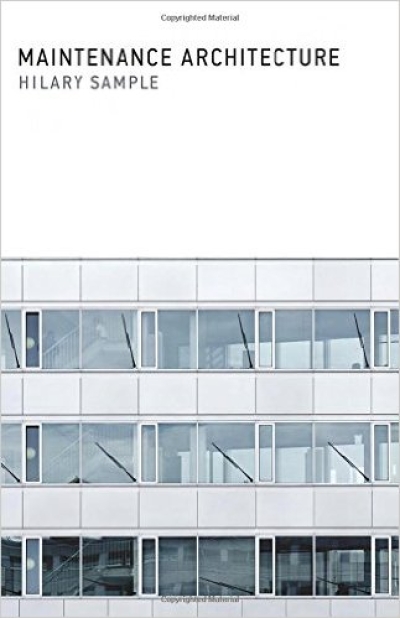
Maintenance Architecture
Maintenance plays a crucial role in the production and endurance of architecture, yet architects for the most part treat maintenance with indifference. The discipline of architecture values the image of the new over the lived-in, the photogenic empty and stark building over a messy and labored one. But the fact is: homes need to be cleaned and buildings and cities need to be maintained, and architecture no matter its form cannot escape from such realities. In Maintenance Architecture, Hilary Sample offers an inventive examination of the architectural significance of maintenance through a series of short texts and images about specific buildings, materials, and projects. Although architects have seldom choose to represent maintenance -- imagining their work only from conception to realization -- artists have long explored subjects of endurance and permanence in iconic architecture. Sample explores a range of art projects -- by artists including Gordon Matta-Clark, Jeff Wall, and Mierle Laderman Ukeles -- to recast the problem of maintenance for architecture. How might architectural design and discourse change as a building cycle expands to include "post-occupancy"? Sample looks particularly at the private home, exhibition pavilion, and high-rise urban building, giving special attention to buildings constructed with novel and developing materials, technologies, and precise detailing in relation to endurance. These include Buckminster Fuller's Dymaxion House (1929), the Lever House (1952), the U.S. Steel Building (1971), and the O-14 (2010). She considers the iconography of skyscrapers; maintenance workforces, both public and private; labor-saving technology and devices; and contemporary architectural projects and preservation techniques that encompass the afterlife of buildings. A selection of artworks make the usually invisible aspects of maintenance visible, from Martha Rosler's Cleaning the Drapes to Inigo Manglano-Ovalle's The Kiss.











